Proper materials, spacing out plantings, and trimming brush are simple ways to safeguard your property
The deadly wildfires that ripped through Southern California and destroyed more than 16,000 structures in January were believed to have been fueled by dry conditions and strong Santa Ana winds. However, it’s likely the area’s landscaping also had an effect on the spread of those fires.
In order to protect a home from outside threats no matter where you live, there are certain best practices that can be employed. Choosing fire-resistant plants and materials, maintaining your greenery and creating safe space between plantings can help stop or at least slow flames from reaching a home.
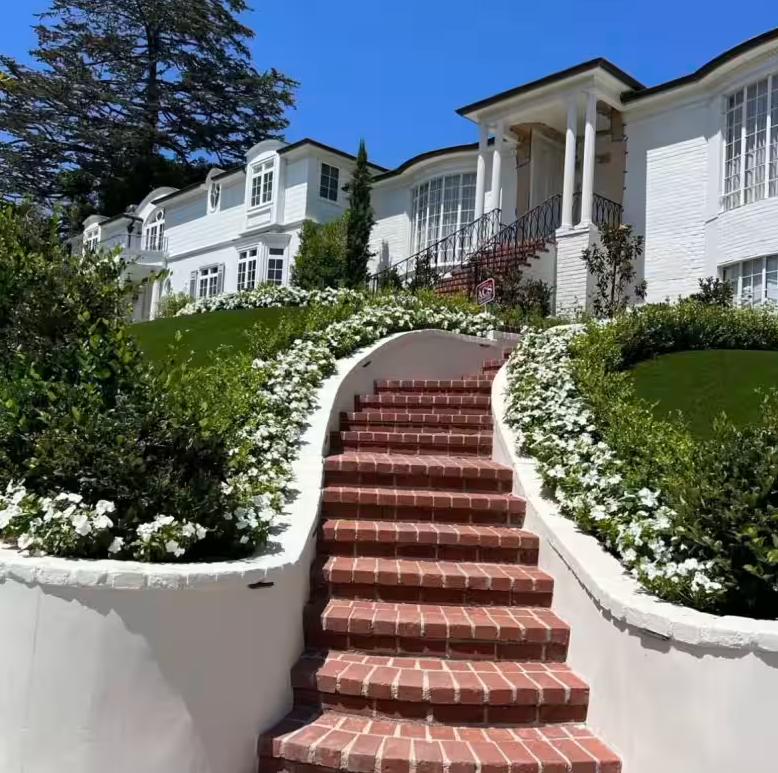
“Protecting your home from flames and embers is key to it not burning down,” said Teryl Ciarlo, founder of Teryl Designs Landscaping in Pacific Palisades, where one of the most damaging fires hit and destroyed more than 5,000 structures.
“Protecting your home from flames and embers is key to it not burning down,” said Teryl Ciarlo, founder of Teryl Designs Landscaping in Pacific Palisades, where one of the most damaging fires hit and destroyed more than 5,000 structures.
Ciarlo, who said that 22 of her customers’ homes were destroyed, is now helping clients clean up debris and reimagine their outdoor design with “defensible landscaping,” a method of protecting properties from the risk of fire damage.
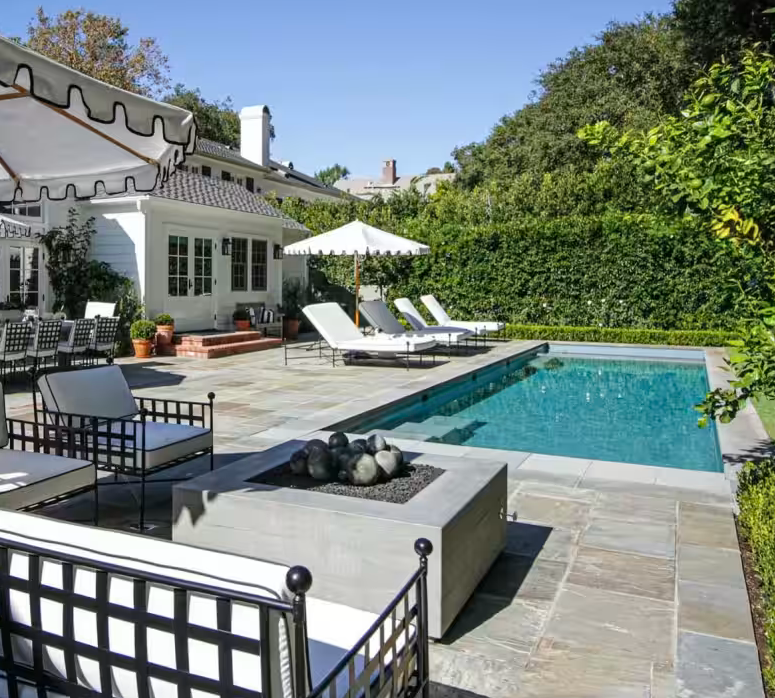
“If you plant smart and maintain the plant material surrounding your home, you create a safety zone that burns before your home does,” she said. “I have several clients in the Palisades who had homes saved by the landscaping. All of the trees burned down, but their homes were saved.”
Choose Plants and Materials Wisely
One of the most important steps to keeping fires at bay is to simply plant greenery that does not pose a danger.
“The number of palm trees in the L.A. area that are open to catching embers is an issue,” said Christine Edstrom O’Hara, a professor of landscape architecture at California Polytechnic State University in San Luis Obispo, California. “When trees aren’t maintained, dead fronds can become a fuel ladder for the fire, going up into the trees and then setting off one tree after the next.”
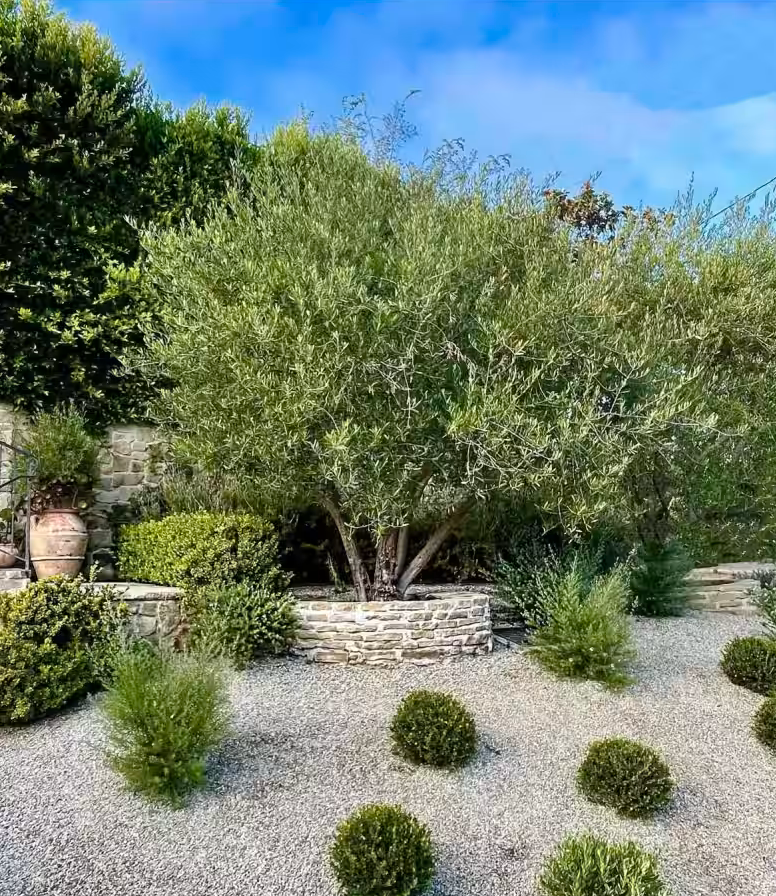
In addition to palms, risky tree choices include eucalyptus, oleander and cypress. More fire-resistant options are oak, magnolia, evergreen, dogwood, ficus and elm.
“I use a lot of ficus trees as a privacy screen, and several of the properties I have seen in the Palisades still have the ficus trees standing,” Ciarlo said.
Some native California varieties, including coast live oak, sequoia, redwood and ponderosa pine, have evolved to withstand fires and are naturally fire adaptive. Low-laying plants and ground covers such as coyote brush, Toyon and California lilac are also good choices.
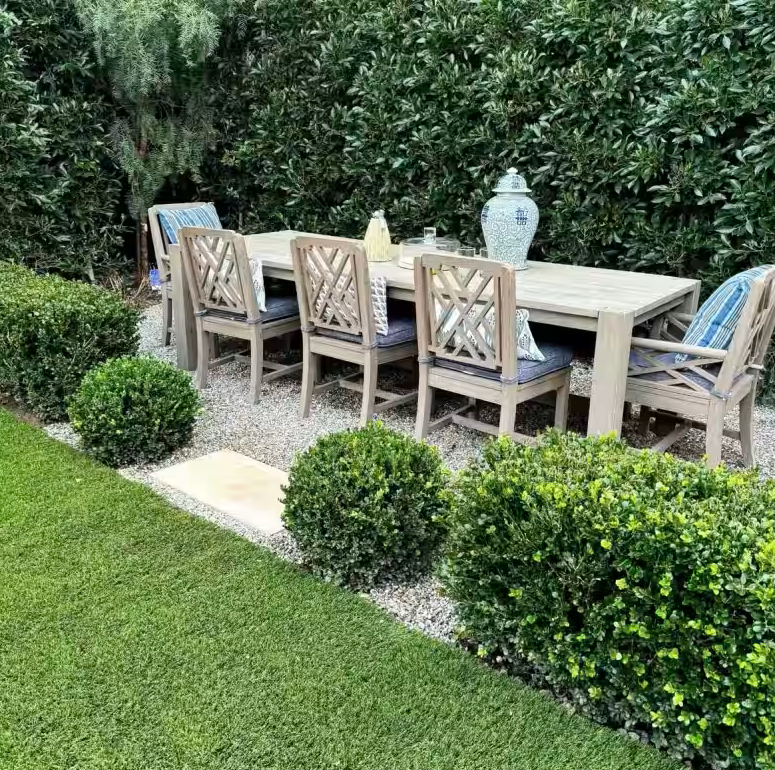
However, Cal Fire—Office of the State Fire Marshal Staff warned that even though some plants are labeled “fire-safe” or “fire-resistant,” their actual risk of burning can vary greatly depending on care and environmental conditions.
Mixing hardscaping into landscape design is another important element, especially in places that have water restrictions.
“Greenery can be on the outside of the hardscaping as a first layer, with the hardscaping as a second layer and shrubs along the hardscaping as a third layer,” Ciarlo said.
In addition to using gravel as a barrier, she recommended turf that contains cork, coconut, sand and fire retardant, such as Cocoturf. While gravel can be inexpensive—ranging from $2 to $5 per square foot, depending on the type—Ciarlo said Cocoturf costs $9 to $13 per square foot.
Patios and brick or stone walls also can act like a firebreak and are usually non-combustible. According to Ciarlo, a brick wall can cost around $25 per square foot, and an outdoor fireplace can cost $8,000-$17,000, depending on the size.
“The Eaton and Palisades fires were so hot that some of the only things left standing were brick walls, planters and fireplaces,” she added.
Keeping wooden materials away from the house is also important. This includes everything from wood piles to decking, furniture and ornamental additions.
“I live in one of the highest fire areas in San Luis Obispo County, so I knew not to build wooden fencing, put up wooden pergolas or use wood mulch,” O’Hara said. “You can put down pea gravel or something like that so that you don’t have wood next to the house, because as soon as that wood catches on fire, it goes straight to the end of any built structures.”
Practice Year-Round Maintenance
To help protect a home from fires, it’s essential to maintain any overgrowth around it. Cut back low-hanging branches against the house or over the roofline.
“Trimming and brush clearance starts around $500 per day,” Ciarlo said. “A few thousand dollars annually for a tree-trimming company and brush-clearance service is such a good investment as it could be the deciding factor in saving your home.”
In rural areas, homeowners can be helped naturally by deer that eat back plants. For large properties, they might bring in animals to help maintain their land.
“I have 6 acres, and we rent goats and sheep to help maintain our acreage,” O’Hara said. “They eat about an acre a week, and it costs about $500 a week.”
Another way to mitigate fire risk is to keep yards irrigated. An automatic sprinkler system with an electric timer can help. Ciarlo recommended installing rooftop sprinklers. These can be as basic as two hoses and a rotating sprinkler head attached to the roof to professionally installed systems that can cost upward of $5,000, depending on the size of the home, she said.
Create Safety Zones
Defensible space acts as a buffer between a structure and the surrounding area and can slow or halt the progress of a fire. Cal Fire breaks defensible space into three zones, emanating 100 feet out from a building or to the property line, whichever is closer. Even though these zones are advised by Cal Fire, they can help protect homes from fire in any region.
The aim of Zone 0, which is 0 to 5 feet out, is to be ember resistant. Privacy hedges can help block the wind and traveling embers, but they should not be planted right up against the house. All dead plants should be removed from gutters, roofs, decks and stairways, and branches should be cut back at least 10 feet from chimneys. Noncombustible materials such as gravel, pavers and concrete should be used in lieu of bark or mulch. Other combustible items including firewood, furniture, planters, garbage cans, fencing and vehicles should be removed from this area.
The purpose of Zone 1 (5 to30 feet out) is to be “lean, clean and green”: Use only a small amount of flammable vegetation around a building, remove flammable debris and dead plants, and keep plantings healthy and irrigated. A buffer of 10 feet also should be kept between trees to reduce the risk of fire spreading.
Zone 2 (30 to100 feet out) focuses on reducing potential fuel. In addition to creating horizontal space between plants, ensure there is enough vertical space between grasses, low-lying plants, shrubs and trees. Keep at least three times the height of any shrubs between the shrubs and the lowest branches of trees to prevent a fire ladder.
For more details on creating defensible space, visit Cal Fire’s full recommendations.
“There is also a demonstration garden at the San Luis Obispo Botanical Garden to show how to plan residential design with plant options and spacing that won’t cause problems,” O’Hara said. “While California has a lot of risk, these tips could be used anywhere around the world.
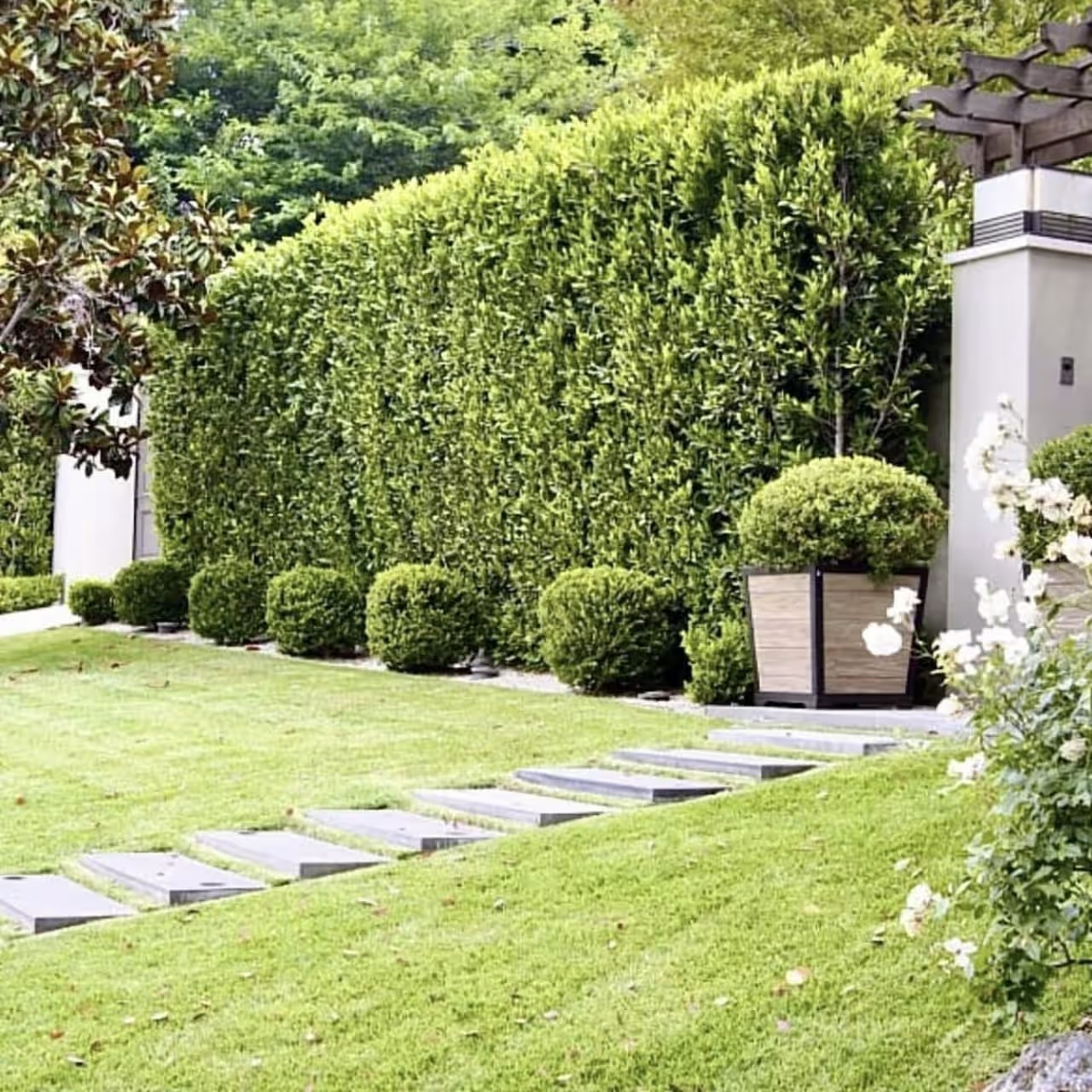







































































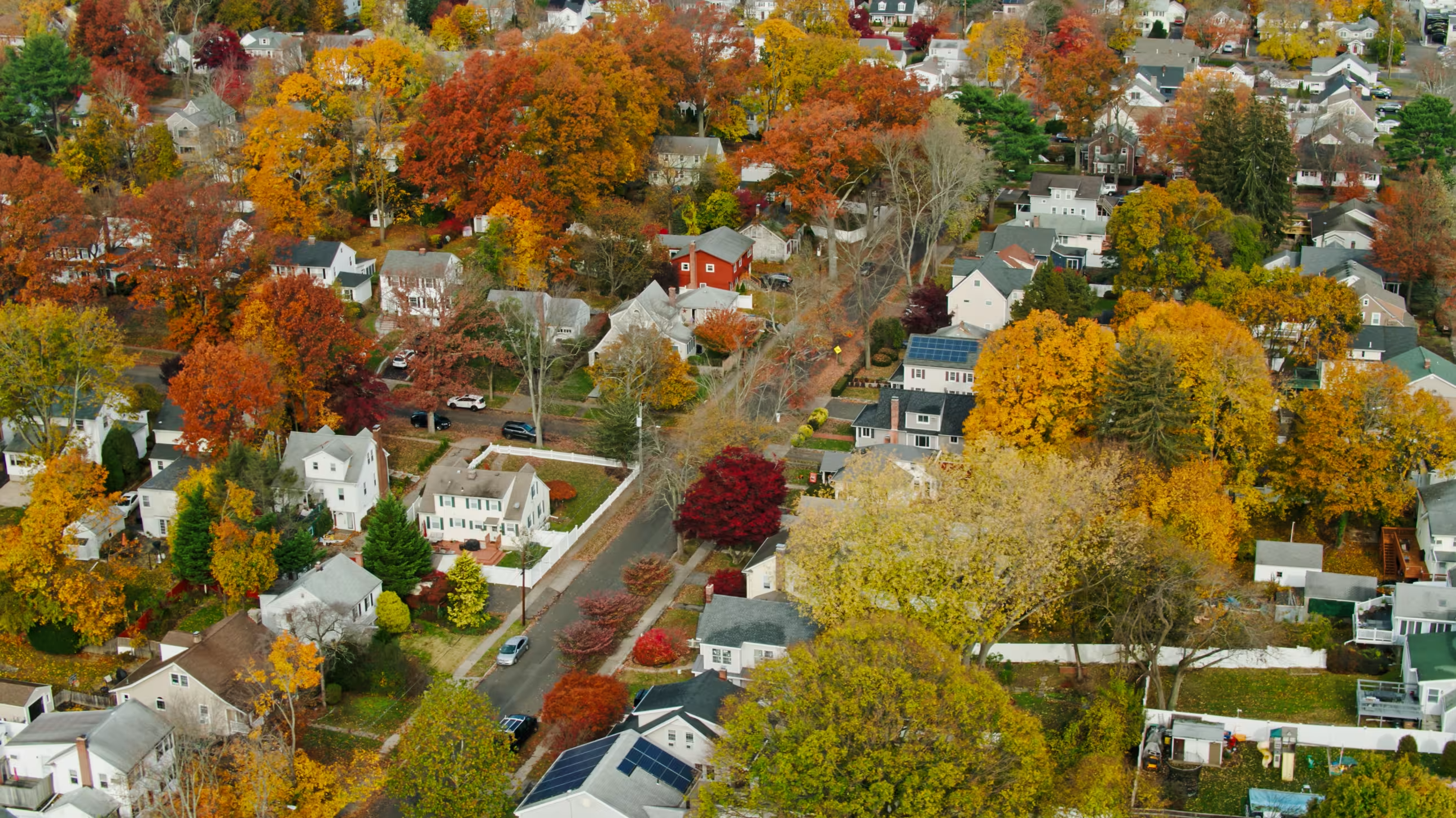
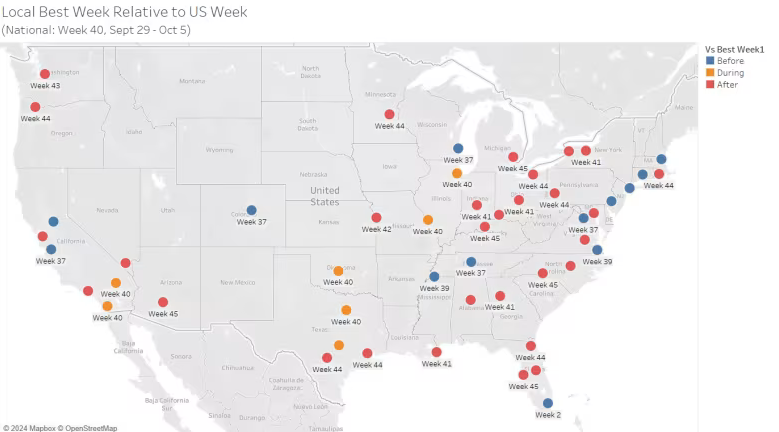
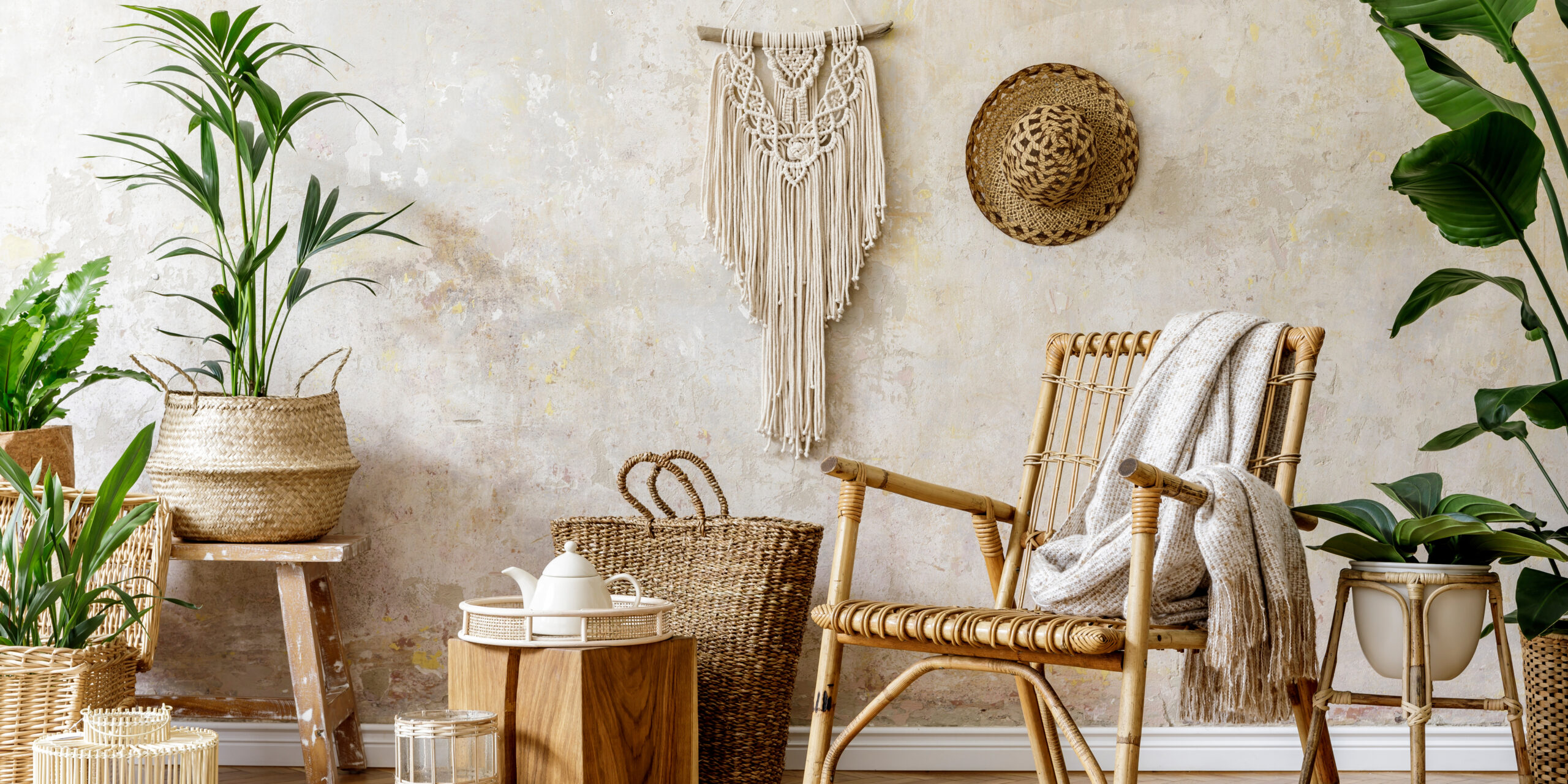


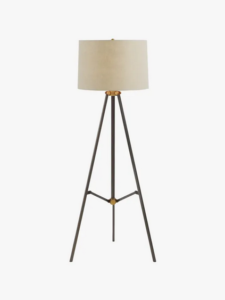
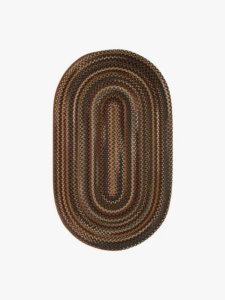
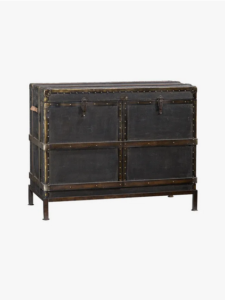
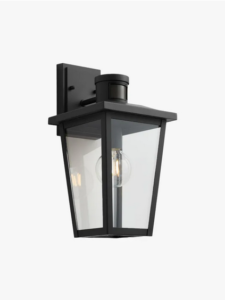

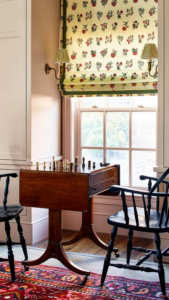 Use Natural Light: Farmhouse décor thrives in spaces with plenty of natural light. Keep window treatments light and airy to let in as much light as possible. Consider using sheer curtains or blinds that can be easily opened.
Use Natural Light: Farmhouse décor thrives in spaces with plenty of natural light. Keep window treatments light and airy to let in as much light as possible. Consider using sheer curtains or blinds that can be easily opened.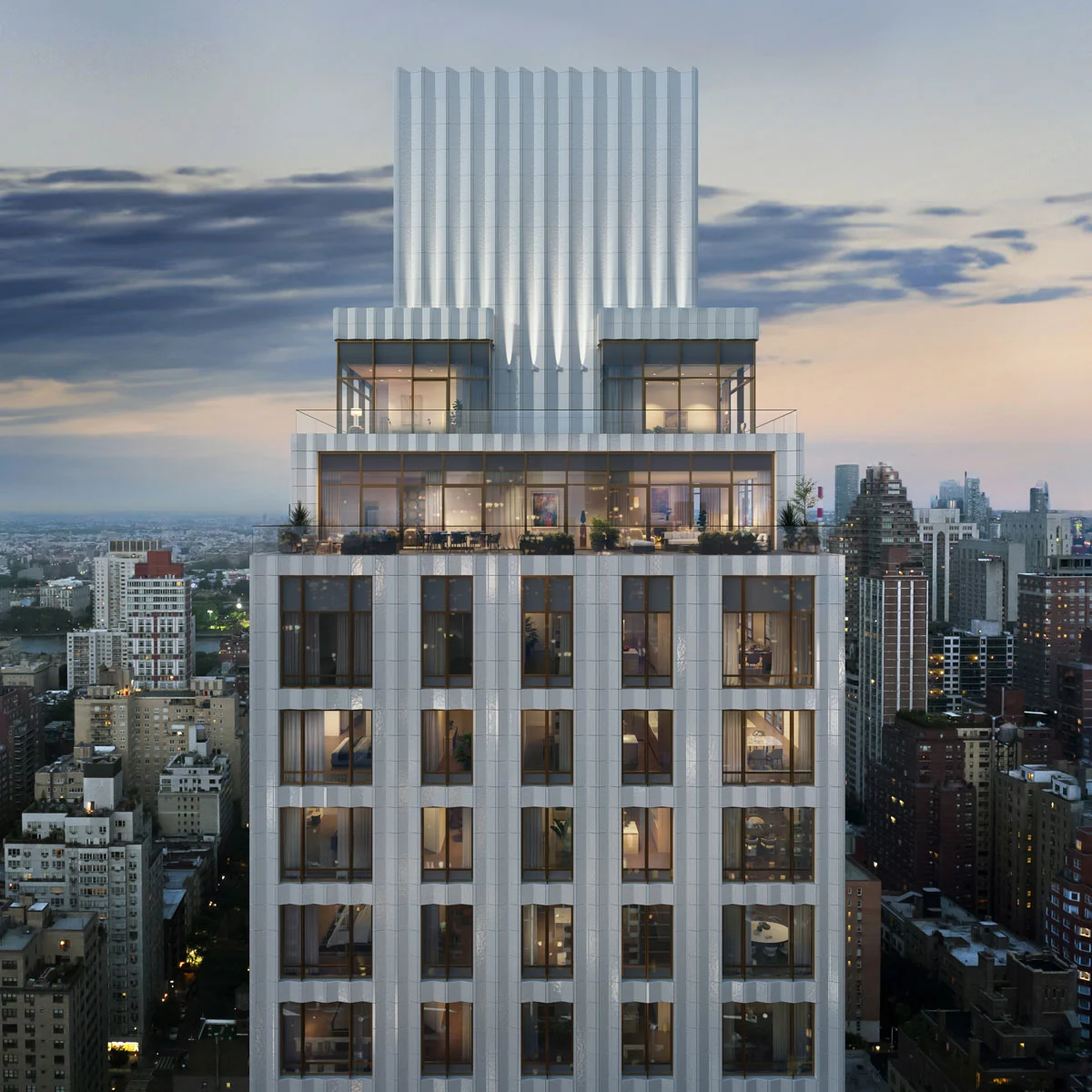
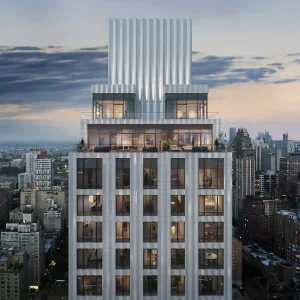



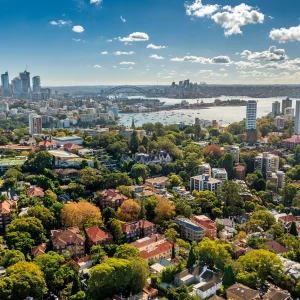
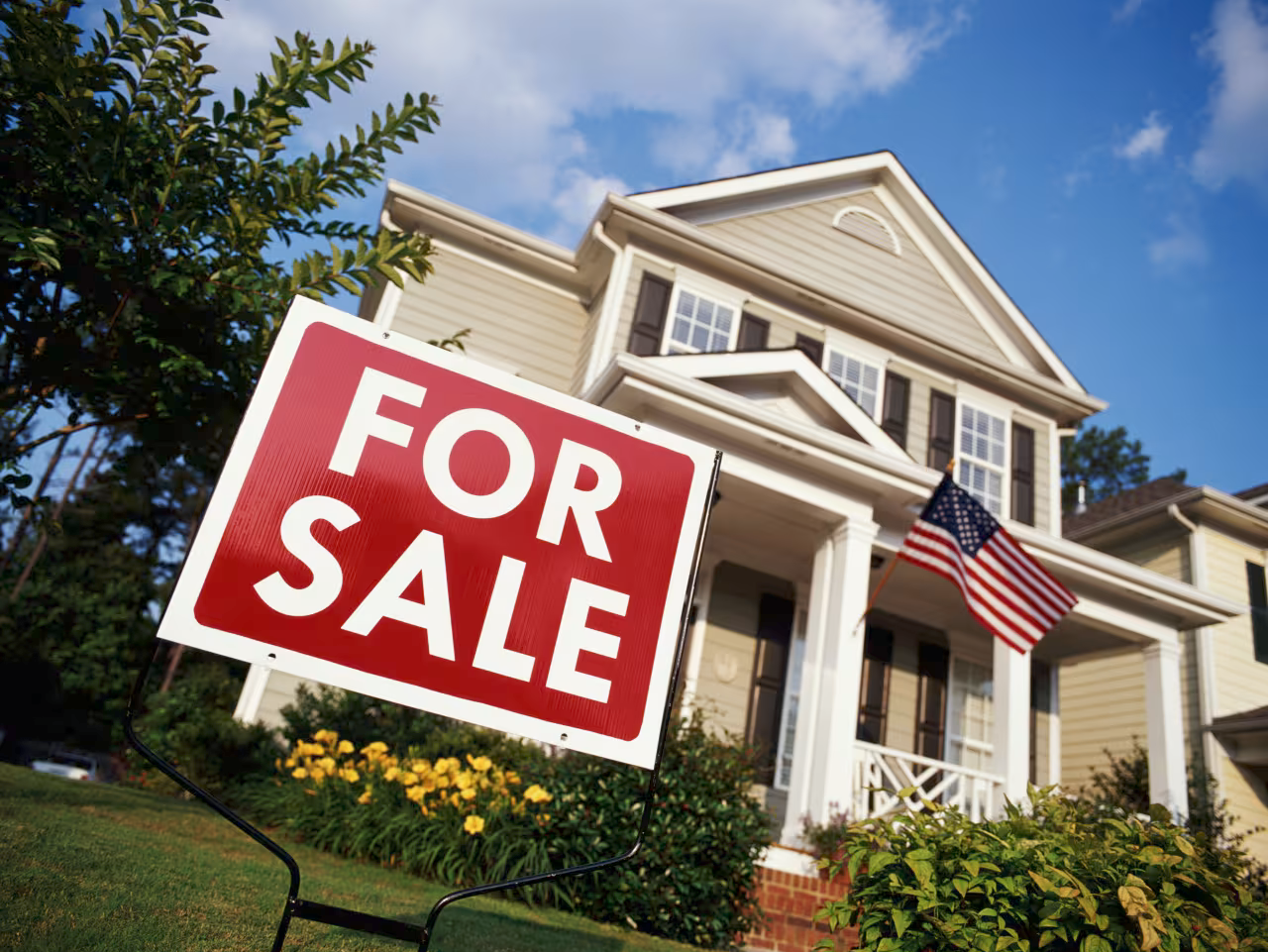


 1. Hang a Wreath
1. Hang a Wreath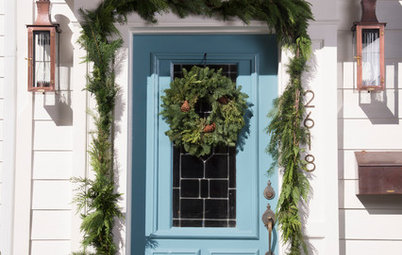 2. Dress Your Entry
2. Dress Your Entry 3. Front Door Drama
3. Front Door Drama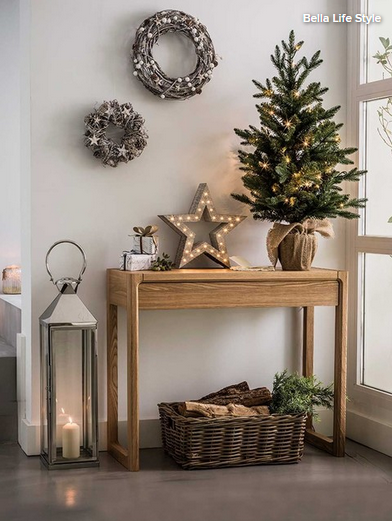 4. Make an Entrance
4. Make an Entrance 5. Deck the Halls
5. Deck the Halls 6. Style Your Stairs
6. Style Your Stairs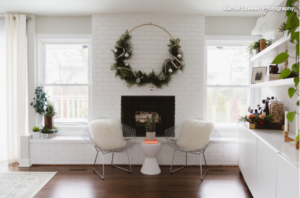 7. Mantelpiece
7. Mantelpiece 8. Stock Up
8. Stock Up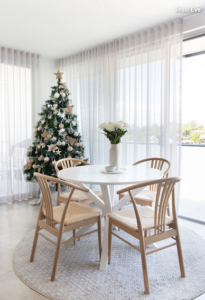 9. Dress the Tree
9. Dress the Tree 10. It’s a Wrap
10. It’s a Wrap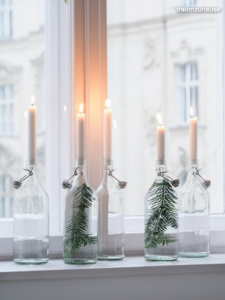 11. Window Wonder
11. Window Wonder 12. Advent Activities
12. Advent Activities 13. Get Carded
13. Get Carded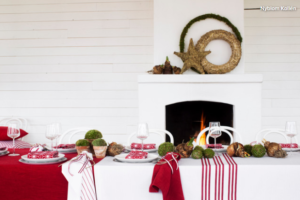 15. Table Time
15. Table Time
 16. Portable Decorations
16. Portable Decorations
 17. Edible Decor
17. Edible Decor
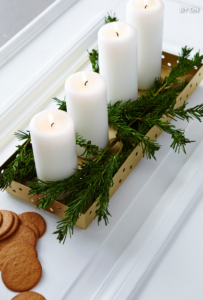 18. Light a Fire
18. Light a Fire
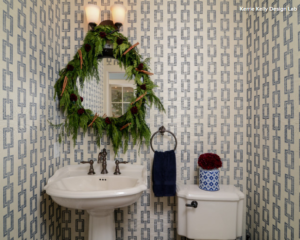 19. Beautify the Bathroom
19. Beautify the Bathroom
 20. Decorate and Delegate
20. Decorate and Delegate

 A home spa can be life changing, said Linda Hall, an international spa and wellness consultant. Anyone who’s had the chance to relax in a five-star luxury spa on holiday probably has an inkling of what she meant, but for those with enough money and space to incorporate a spa into their own homes, “the health and well-being benefits are just endless,” she said.
A home spa can be life changing, said Linda Hall, an international spa and wellness consultant. Anyone who’s had the chance to relax in a five-star luxury spa on holiday probably has an inkling of what she meant, but for those with enough money and space to incorporate a spa into their own homes, “the health and well-being benefits are just endless,” she said. The bedroom is the ultimate sanctuary. It’s the place where (hopefully) the rest of the world fades away and we drift into a blissful dreamland.
The bedroom is the ultimate sanctuary. It’s the place where (hopefully) the rest of the world fades away and we drift into a blissful dreamland.
 You’ve likely heard the term circadian rhythm, particularly surrounding the sleep-wake cycle. It’s essentially the body’s internal clock that’s cued by light or lack thereof.
You’ve likely heard the term circadian rhythm, particularly surrounding the sleep-wake cycle. It’s essentially the body’s internal clock that’s cued by light or lack thereof. After strength training, you recline on an infrared therapy bed then opt for time in the hyperbaric chamber to optimize muscle repair.
After strength training, you recline on an infrared therapy bed then opt for time in the hyperbaric chamber to optimize muscle repair.


OK, so this idea may not be quite as easy as advertised, but dedicated decorators among us (with the right ceiling or fixtures) may find it worth the effort. One of the benefits of suspending your table decorations above said table is all the space you’ll free up for a festive feast.